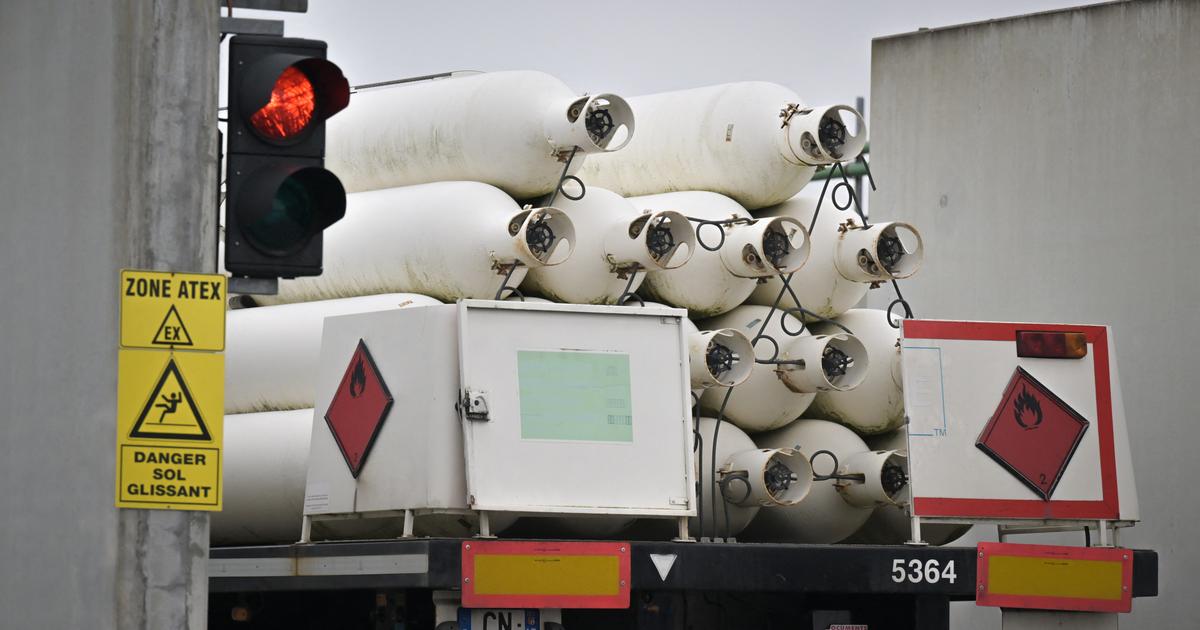France, with its large and cheap electricity production, has an ecosystem favorable to the emergence of a synthetic fuel production sector for which projects are multiplying around the world, argued Wednesday the French Office of E -fuels.
There are more than 500 projects in the world for the production of electro-fuels or e-fuels made from hydrogen, produced from carbon-free sources such as renewable energies or nuclear power, according to this organization, which brings together representatives energy companies, but also Airbus, Air France-KLM or CMA-CGM.
Some 77 of them, spread throughout the world, including 5 in Europe, have an annual production capacity of more than 200,000 tonnes of oil equivalent (ktoe).
Around ten have reached the final investment decision stage.
“Where the projects are the most numerous is where the price of electricity is the lowest”
particularly the countries of the South, points out Charlotte de Lorgeril, from the Sia Partners firm and spokesperson for the French Office of e-fuels.
The vast majority (66) concern e-ammonia production projects, mainly intended for the production of nitrogen fertilizer and which could ultimately be used as marine fuel.
Five others are intended for the production of e-methanol, a molecule widely used in industry but also for maritime transport, and five for the production of e-kerosene, intended for aviation.
These are more established in consumption centers, in Europe and North America.
Also read: Can synthetic fuels save heat engines?
More than twenty projects in France
In France, the Bureau has identified 24 synthetic fuel production projects, including 7 currently being developed on an industrial scale.
They represent an annual production capacity equivalent to 528,000 tonnes of oil (toe), mainly for kerosene and synthetic methanol.
Their production will require between 14 and 18 TWh of electricity per year, the equivalent of 3% of all French electricity production.
These enormous quantities of electricity are mainly required by the electrolysis of water, in which an electric current is passed to extract hydrogen.
“France has relatively cheap electricity and in large quantities, we are asking that a part be dedicated to e-fuels to launch the sector,”
argues Cédric de Saint-Jouan, president of Vol-V, also holder of word of the Office.
From 2035, according to him, it will be necessary to develop additional electricity production capacities to support the rise in power of the sector while the needs for carbon-free energy for maritime and air transport will grow.
“There are the skills and know-how, France is not behind, it is right on the starting line and everything is there to make it work”
as long as the State supports the development of the sector , according to him.

